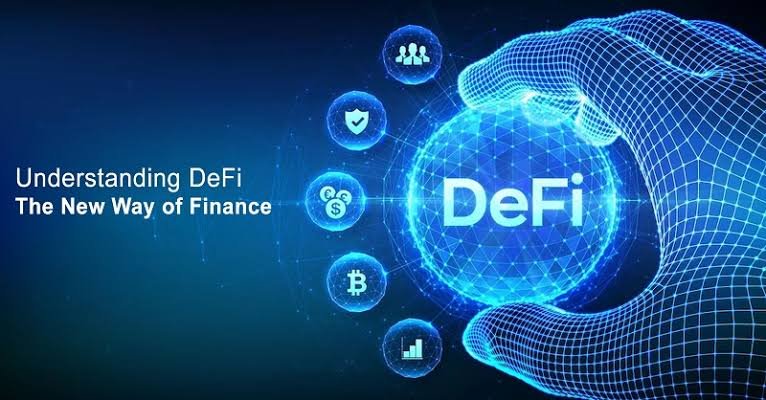Decentralized Finance (DeFi) harnesses blockchain to reimagine banking, lending, and asset management—eliminating intermediaries and opening access to anyone with an internet connection. From peer‑to‑peer loans to algorithmic stablecoins, DeFi protocols now lock in excess of $200 billion in value globally.
1. Core Components of DeFi
- Decentralized Exchanges (DEXs):
- Automated Market Makers (AMMs): Protocols like Uniswap and SushiSwap use liquidity pools and pricing algorithms instead of order books.
- Cross‑Chain Swaps: Emerging bridges (e.g., ThorChain) let users swap tokens across blockchains without a trusted custodian.
- Lending & Borrowing Platforms:
- Over-Collateralized Loans: Users lock crypto collateral (e.g., ETH) to borrow stablecoins (e.g., DAI); liquidation thresholds protect lenders.
- Flash Loans: Uncollateralized, atomic loans repaid within one transaction—powering arbitrage and on‑chain strategy bots.
- Algorithmic Stablecoins:
- Supply‑Adjustment Mechanisms: Protocols like TerraUSD attempt to stabilize value by minting/burning tokens according to demand.
- Risks & Safeguards: Several designs have struggled during high volatility—underscoring the need for robust governance and reserves.
2. Benefits & Challenges
- Inclusion: No credit checks, geographic restrictions, or KYC barriers—anyone can participate.
- Transparency: All transactions and smart‑contract code are publicly auditable on‑chain.
- Volatility & Security Risks: Smart‑contract bugs, rug pulls, and extreme price swings pose material threats to assets.
3. Building a DeFi Strategy: Four‑Step Playbook
- Risk Assessment: Categorize protocols by maturity, audited code, and on‑chain TVL (Total Value Locked).
- Diversification: Spread collateral across lending protocols (Aave, Compound), DEX liquidity pools, and stablecoin yield farms.
- Position Sizing: Never lock more than a small percentage (e.g., 5–10%) of your overall portfolio in any single protocol.
- Regular Reviews: Monitor on‑chain metrics and governance forums for emerging risks or upgrade proposals.
4. Case Study: Yield Farming on Ethereum
- Scenario: User provides liquidity to an ETH/USDC pool on Uniswap V3.
- Mechanics: By concentrating liquidity around current price ranges, they earn higher swap fees—but also incur impermanent loss if ETH swings heavily.
- Outcome (90 days): 12% net APR in fees, offset by 3% impermanent‑loss cost; total realized return of ~9%.
5. The Road Ahead: Layer‑2 & Interoperability
- Layer‑2 Scaling: Rollups (Arbitrum, Optimism) slash gas fees and boost throughput—making micro‑transactions and lower‑value yields viable.
- Cross‑Chain Composability: Protocols like Cosmos and Polkadot enable seamless asset and data transfers—paving the way for truly global DeFi ecosystems.
Conclusion
DeFi offers a radical alternative to traditional finance—but it demands careful risk management, ongoing due diligence, and an appetite for experimentation. As layer‑2 solutions and cross‑chain bridges mature, the next wave of financial innovation will be faster, cheaper, and even more inclusive.









